Ever see the pretty blueish green pumpkins at your farmer's market and wonder how you can grow Queensland blue pumpkins at home? These beautiful and sweet pumpkins perfect for baking make an amazing addition to your home garden. These will add a special touch to your holiday baking.
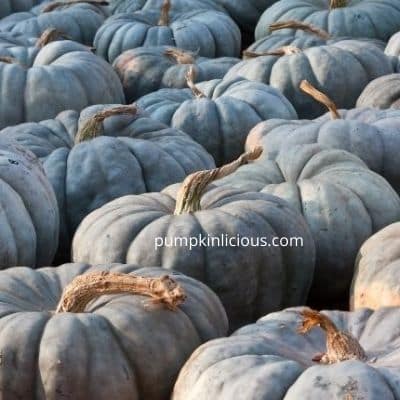
What are Queensland Blue Pumpkins?
Pumpkin Queensland Blue are medium to large in size pumpkins with blueish slate grey to a powdery blue-green skin. They are just one of a number of different types of pumpkins. This type weigh between 6 and 10 pounds with a flattened blossom and temp end.
The rind is firm and thick with deep ridges. Inside the Queensland pumpkin, you will find a bright orange flesh surrounding and a central cavity filled with seeds and pulp.
Queensland blue pumpkins have a strong aroma and sweet flesh perfect for using in baking seasonal treats like fresh scones or roasting to serve with dinner. These pumpkins will cook into a smooth dry textured fruit with no strings.
How do you grow Queensland Blue Pumpkins?
Growing Queensland Blue Pumpkins works the same as growing other types of pumpkins. Due to their large size, you should plan a large space for your pumpkin patch. Unfortunately these are not the type of pumpkins to grow in pots. This is why it is important to consider how to grow blue pumpkins and how they are different from growing smaller pumpkins.
Look for a space that receives full sun and has well-draining soil to allow your pumpkins to thrive all season long.
Before planting your pumpkins till plenty of organic fertilizer or fresh homemade compost into your garden bed. It is extremely important you know the best fertilizer for pumpkins. This will help your pumpkins produce a larger overall crop both in number and size.
For even more of a nutritional boost plant green beans in the same bed as your pumpkins with a trellis that allows them to grow up and out of the way of your pumpkins. Face your trellis on the north side to avoid shading your pumpkins.
Pumpkin seeds should be planted in little hills in your garden bed about 2 to 3 weeks after your last expected frost date. Knowing the best time to plant pumpkin seeds ensures you get a good harvest.
This allows the hills to drain excess water and warm up faster in the sun to help encourage the growth of your pumpkins. Simply create small mounds of soil mixed with compost, add your pumpkin seeds, and top your mound with more soil and compost.
For the best results plant three to 4 seeds in each mound with slight spacing to allow room for seedlings to sprout.
Water your pumpkins with about an inch of water once a week. While your pumpkins foliage may look wilted on a hot summer day as long as the soil is not dry do not add more water.
The leaves will naturally plump back up as the evening cools things down.
The first few flowers your pumpkins produce can simply be plucked away to encourage your pumpkin plants to grow more vines and foliage before producing pumpkins that will need the nutrition these provide.
As your pumpkins produce fruits you can remove some of your pumpkins to allow the ones remaining on each vine to grow larger.
For the best-looking, Qld blue pumpkins rotate them onto their blossom end if they naturally start to grow on their sides.
A common problem people see when growing pumpkins is rotting on the vine. This is caused by too much moisture on your pumpkin as it grows. To increase circulation around your pumpkin remove and trim any vines and foliage that may be touching your pumpkin.
To help prevent rotting you can place some mulch and a sheet of cardboard or a squash basket under your pumpkin to help improve airflow on the underside.
How to harvest Queensland Pumpkins
To harvest pumpkins, you want to use a clean sharp knife. As with any cutting in your garden, clean and shape is vital for getting a good cut and not stressing your plants out or introducing new diseases to a plant that may still have fruits ripening.
After your pumpkin is ripe, carefully cut your pumpkin off the vine leaving a 3 to 4-inch handle. This should not be used for carrying your pumpkin but for preserving how long your pumpkin will last in storage.
Move your pumpkin by lifting from the sides and be careful not to toss it around or you could cause bruising that can lead to early rotting of your pumpkins.
How do you know when a Queensland Blue Pumpkin is ripe? When to Pick Queensland Blue Pumpkins
Most people are familiar with how to tell when an orange-colored pumpkin is ripe and ready to harvest. For those that are unfamiliar are pumpkin queensland blue this can be a bit tricky until you know what to look for. Remember lots of people think green pumpkins are ripe when they are actually just unripe orange ones.
Ripe queenlands blue have a bright rich color that has become fairly even throughout. When they are ripe they will take on a warty texture that is unmistakable.
If you are still unsure the classing trick to check the ripeness of pumpkins works in the case too. Knock on the side of the pumpkin and listen to the telltale hollow sound that bounces back at you.
If you love this color of pumpkin you might be interested in some of my blue pumpkin decor
For more information about growing Queensland blue squash and pumpkins check out GreeningofGavin
Find out how to grow Kent pumpkins from seed too if you fancy growing a different variety.

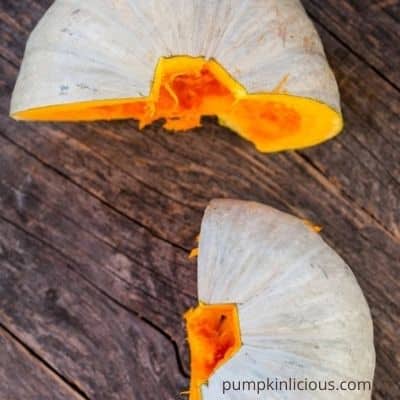
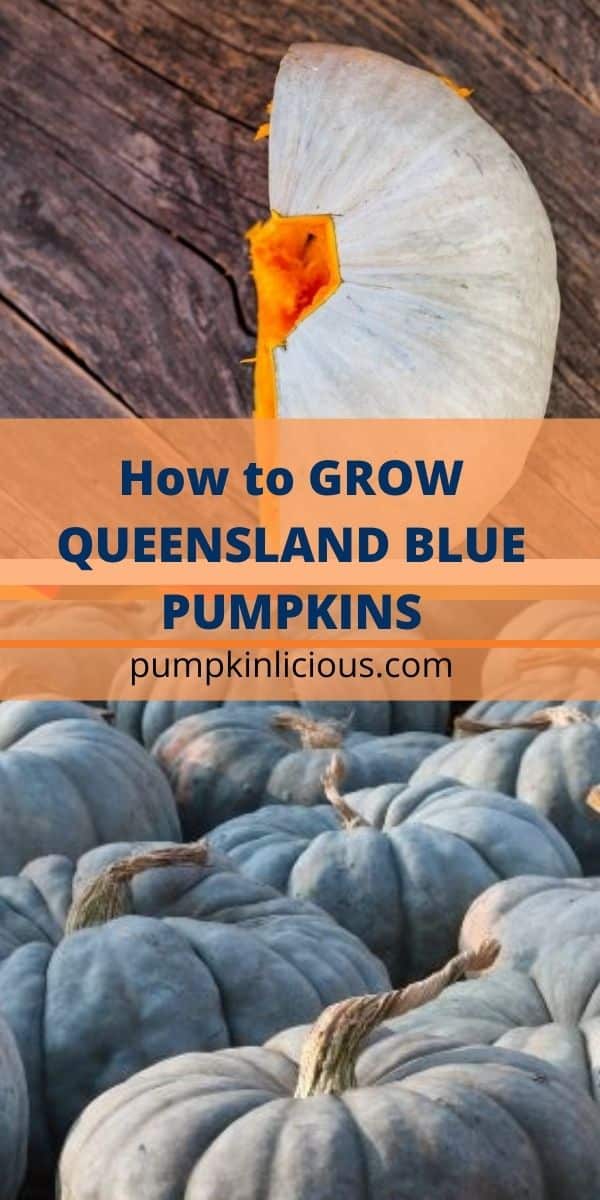
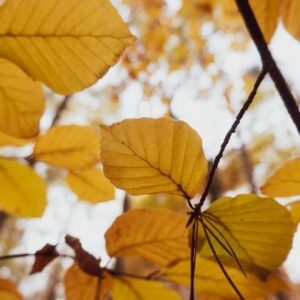
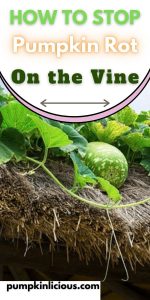
Penny
I think it would be good if you were able to post photos of a ripe Queensland Blue pumpkin. Maybe even a video? I am a bit conflicted about if I should pick mine.
Nodada Mfuneko Buchan
Want to know more about Queensland blue production